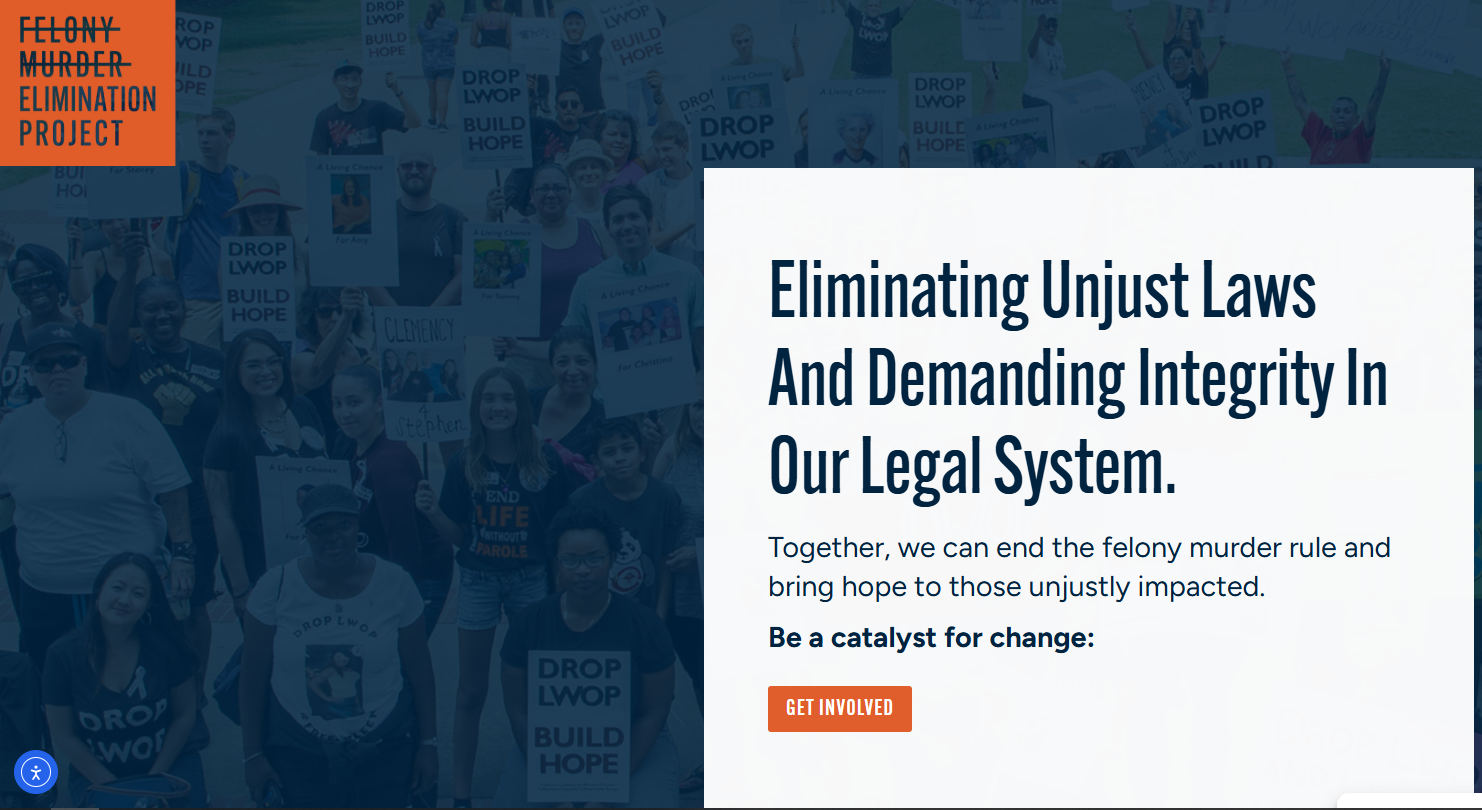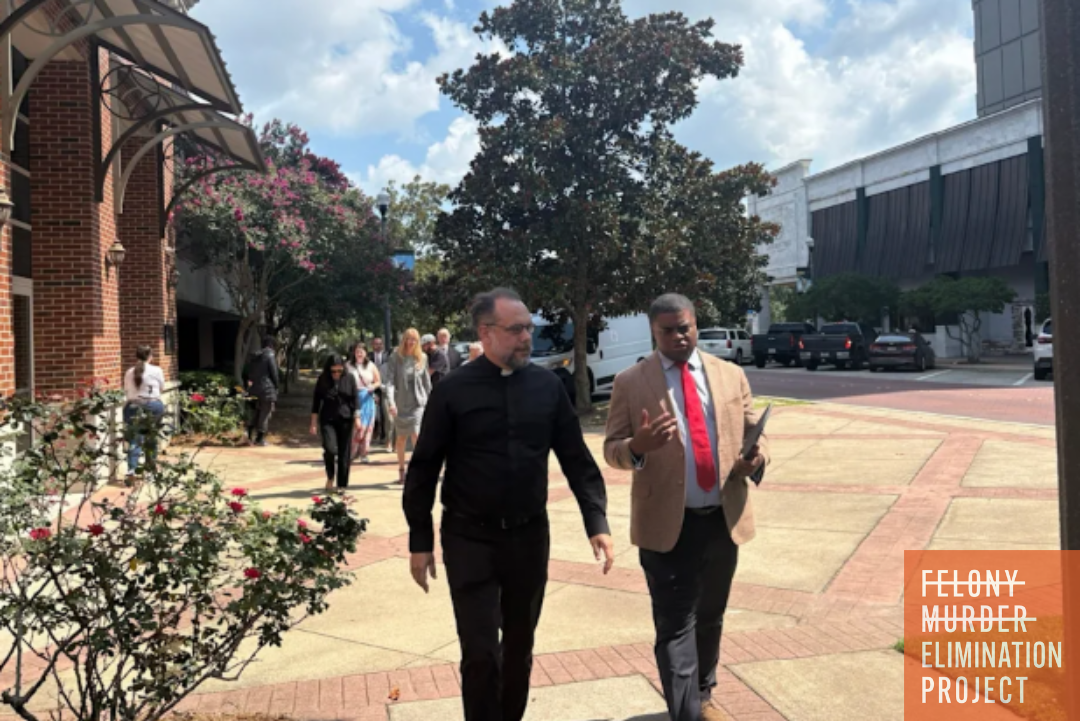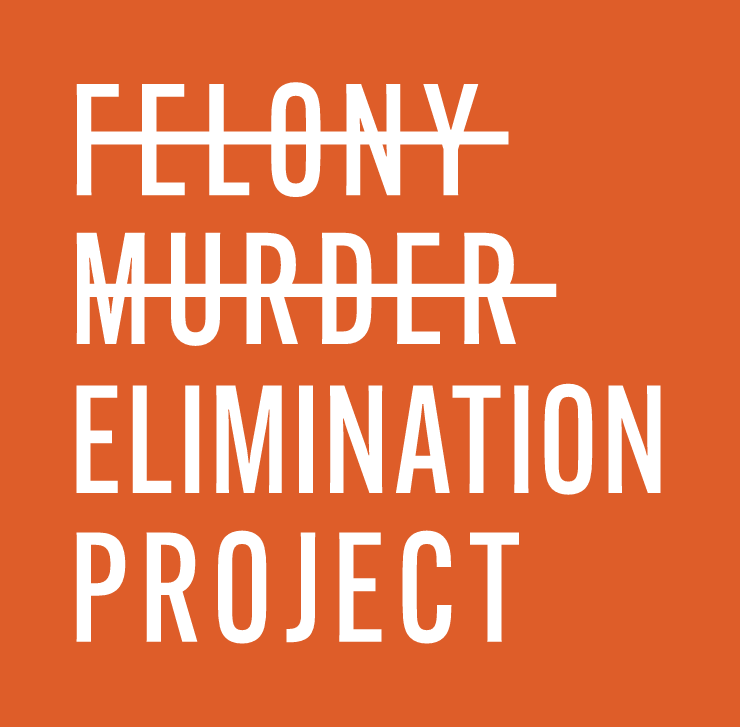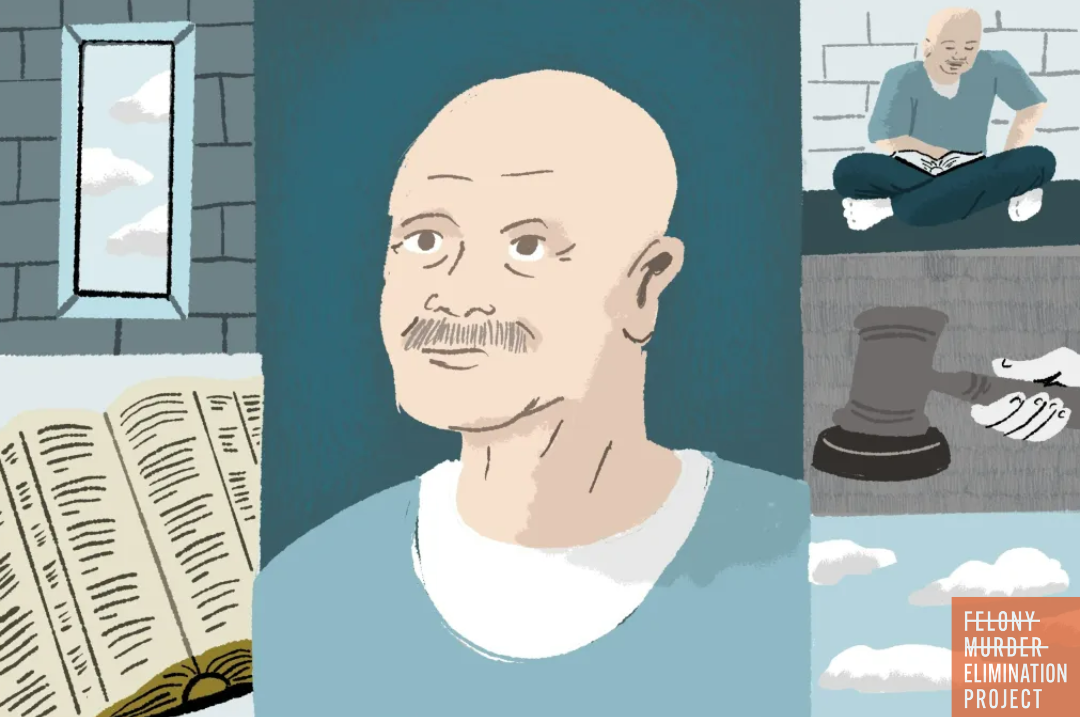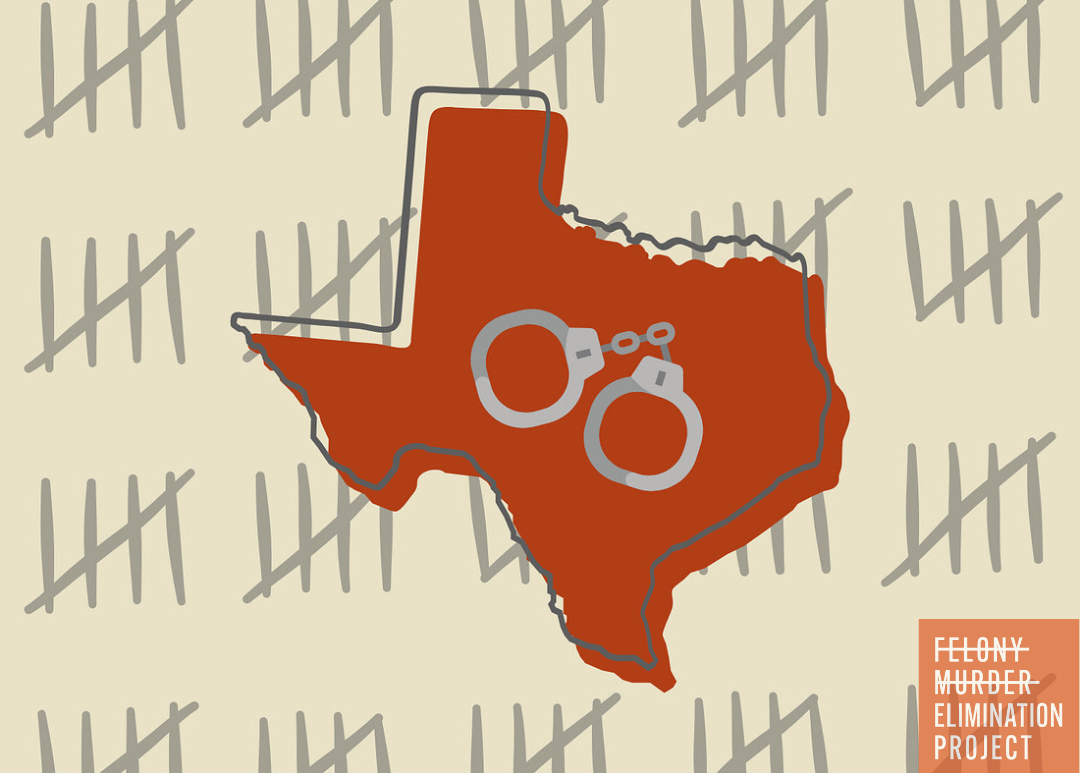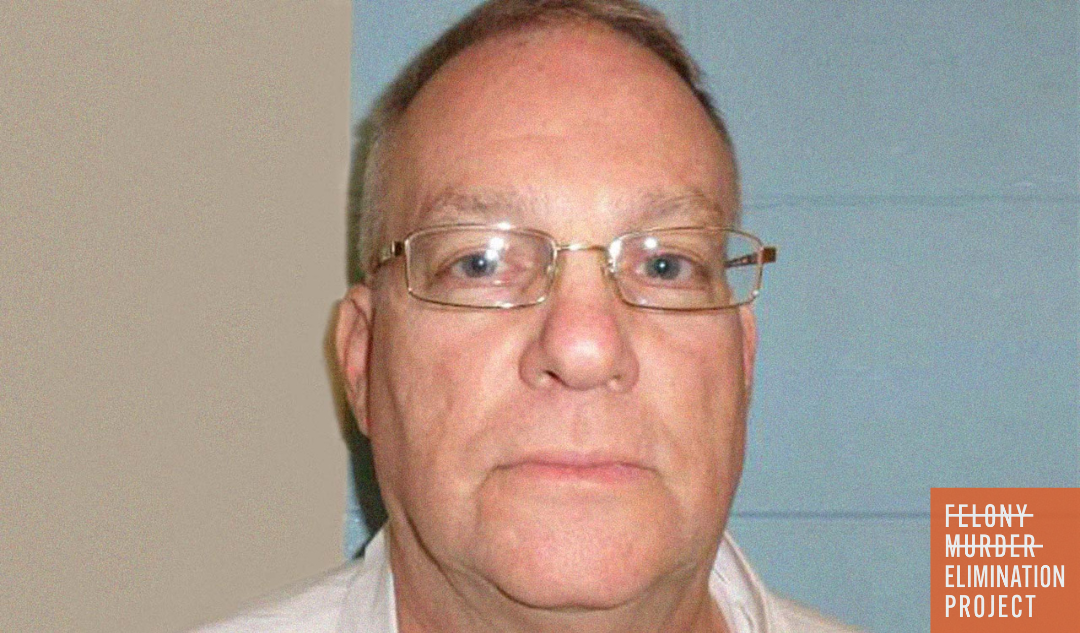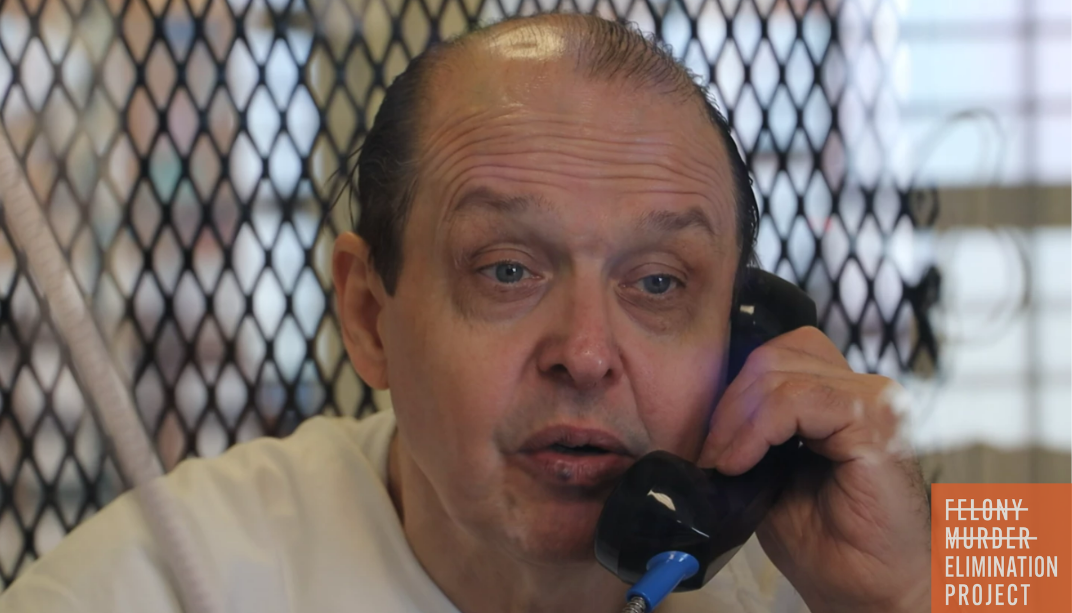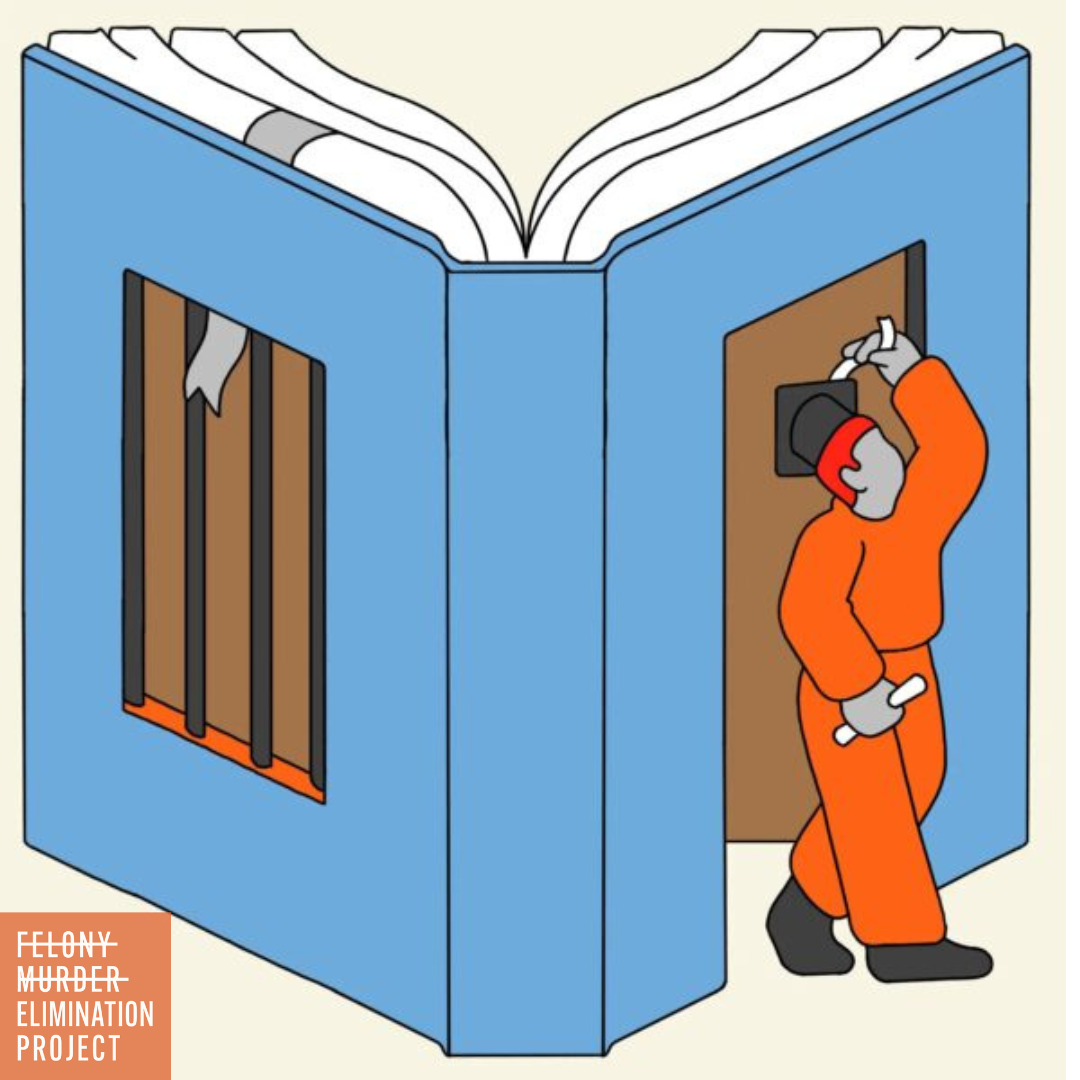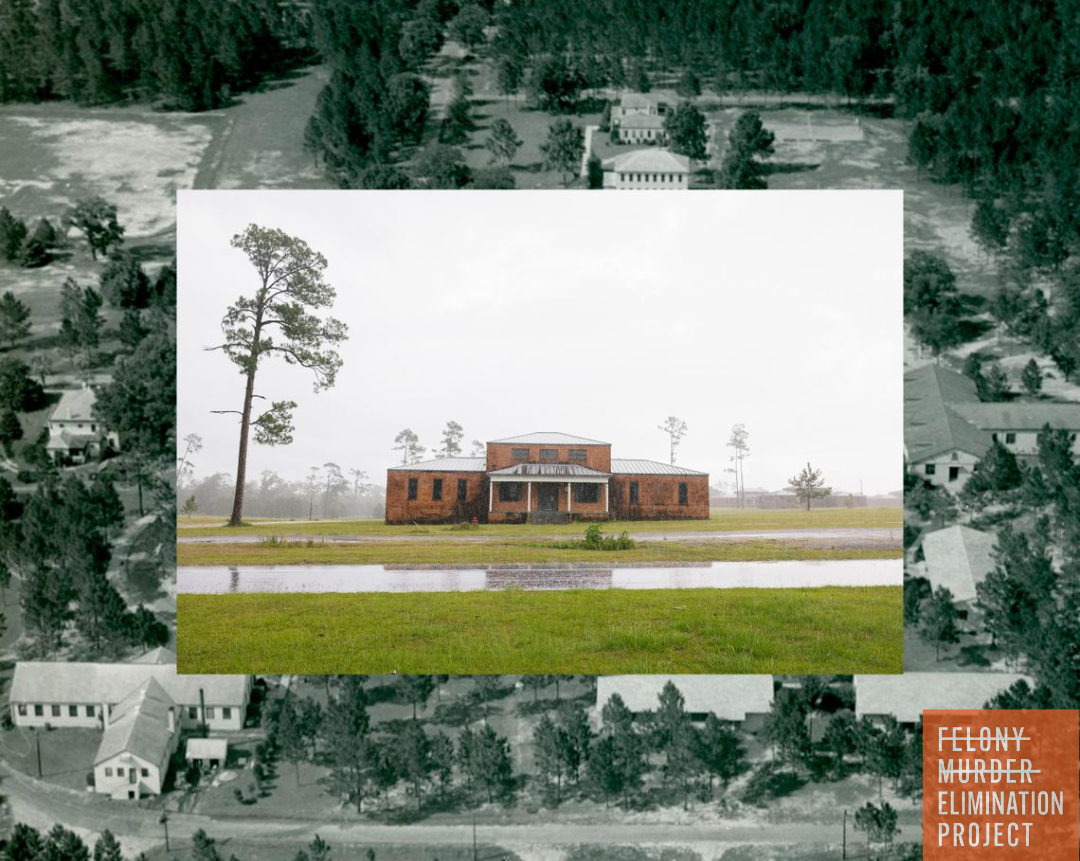What 10 Men in a Missouri Prison Want From Their Families
"I want to have somebody out there whenever I have the chance to go home.”

As the families of incarcerated people already know, there aren't many comforts from home that you can send to an incarcerated loved one. This is largely due to onerous correspondence restrictions that are in place in virtually every jail and prison in the country.
In a recent essay for Prison Journalism Project, incarcerated writer Alan Li Camarillo spoke with 10 peers incarcerated at Southeast Correctional Center in Charleston, Missouri and asked them the following question; What is the one thing you would like to receive from your family this year, and why?
Excerpts from the essay appear below.
*****
Family is a heavy topic for me. I was born in another country and didn’t grow up with my parents. I came to the U.S. years ago without family or friends. Now that I’m incarcerated, no family or friends means no letters, no money in my books and, most of the time, no answered phone calls. So I wanted to know what fellow incarcerated people longed for from their families.
I asked 10 of my peers the following question: What is the one thing you would like to receive from your family this year, and why?
Jacob R.: “Understanding. I know they love me, but I feel they don’t understand me. Through phone calls they try to make me feel good, but they have to remember that the reality is different.”
D. Richards: “Love. They show me love with the simple act of answering my phone calls. Love is necessary to not give up.”
Michael S.: “Words of love and encouragement. Without motivation from your people, everything begins to fall down, man.”
Mr. Swims: “Money is always good. But sincerely what I want from them is just patience, you know? I want them to give me the patience to wait for me. I want to have somebody out there whenever I have the chance to go home.”
*****
You can read the full essay "What 10 Men in a Missouri Prison Want From Their Families" written by Alan Li Camarillo, an incarcerated writer in Missouri, at the Prison Journalism Project. Prison Journalism Project aims to bring transparency to the world of mass incarceration from the inside and training incarcerated writers to be journalists, so they can participate in the dialogue about criminal legal reform.

